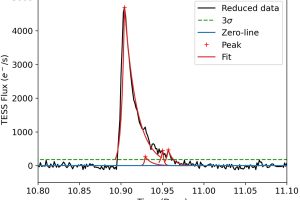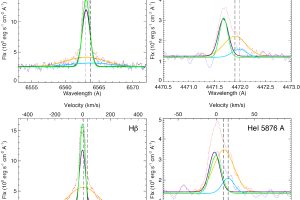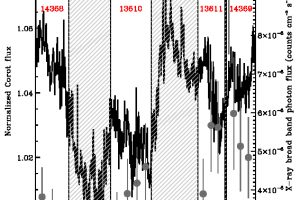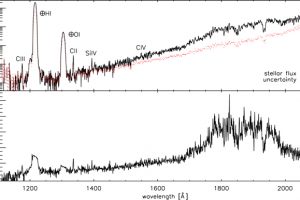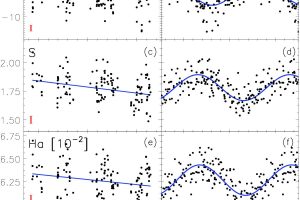A study on the coronal activity in a complete sample of M stars nearby to the Sun. The paper: “Complete X-ray census of M dwarfs in the solar neighborhood. I. GJ 745 AB: Coronal-hole stars in the 10 pc sample” of M. Caramazza (Eberhard-Karls Universität Tübingen) appeared on A&A
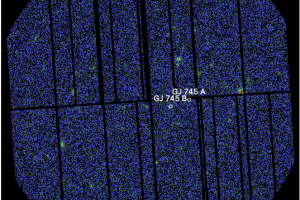
The corona is the outermost part of the atmosphere of the vast majority of stars, where the plasma is heated to millions of degrees by stellar magnetic activity. Since both the intensity and the topology of the stellar magnetic fields depend on the internal structure of stars, the study of coronal activity allows astronomers to better understand both the high-energy
» Read more

